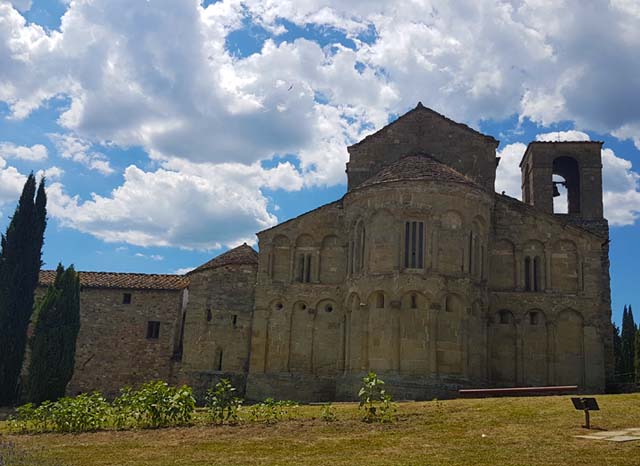
Ecco con nuovo guest post di Debora Bresciani! Lei ci porta al Pieve di San Pietro di Romena e poi facciamo una passeggiata a Stia in Casentino. Non ci sono mai andata e dopo aver letto quello che Debora ha scritto ho imparato alcune cose interessanti che non sapevo prima. Adesso ho la voglia di andarci!

Here is a new guest post by Debora Bresciani. She is taking us to Pieve di San Pietro di Romena and then we will take a little walk through Stia in Casentino. I’ve never been, but after reading what Debora has written, I learned some interesting things I never knew before. Now I want to go there!!
Eccomi e torno a parlavi della mia città, ma questa volta ci spostiamo un po’ e ci dirigiamo nel Casentino…a circa 45 km da Arezzo, per esattezza andremo a visitare la Pieve di Romena e il paese di Stia.
Here I am back to talk about my city, but this time we move a little outside of Arezzo about 45 km away to visit the Parish Church of Romena and the small town of Stia.
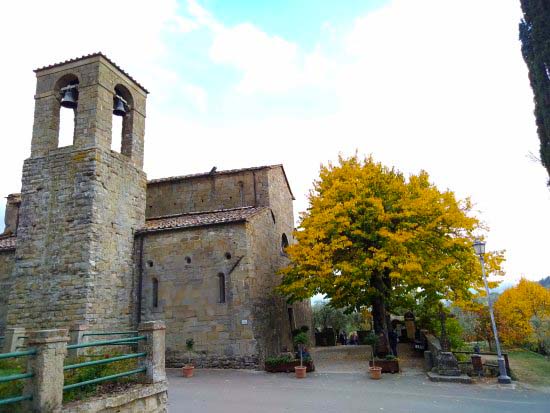
Incominciamo dalla Pieve di San Pietro di Romena.
Let’s start with the Parish Church of San Pietro of Romena.
La parte posteriore, l’abside, è quella che più colpisce e affascina e che arrivando da lungo la strada ci cattura. La Pieve ci appare così nella sua totale bellezza nel tipico e caratteristico paesaggio toscano circondata dal suo silenzio.
The backside of the apse is very striking, and you will recognize it right away as you approach it along the road. The Parish stands in the quiet landscape that is so typical of Tuscany in all its beauty.
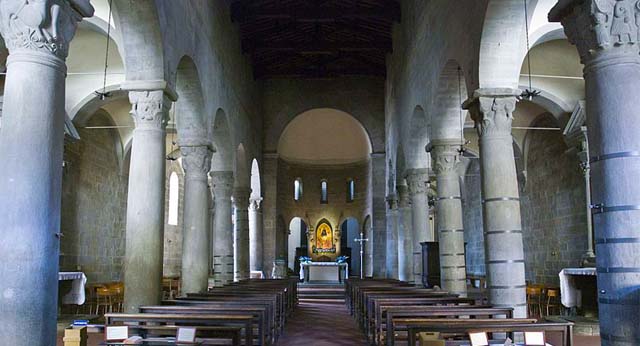
La Pieve di San Pietro è stata costruita nel 1152 come mostra la scritta in uno dei suoi capitelli, che oltre alla data riporta il nome, Alberigo, di chi ha avuto l’iniziativa della costruzione della Chiesa e le circostanze, “tempore famis”, cioè un tempo di fame e carestia, per indicare il momento di grave disagio.
The Parish Church of San Pietro was built in 1152, as the inscription on one of its columns states. In addition to the date, there is a name, Alberigo, whose initiative it was to build the church and the reasons why “tempore famis” – that is to mark a time of significant discomfort and famine.
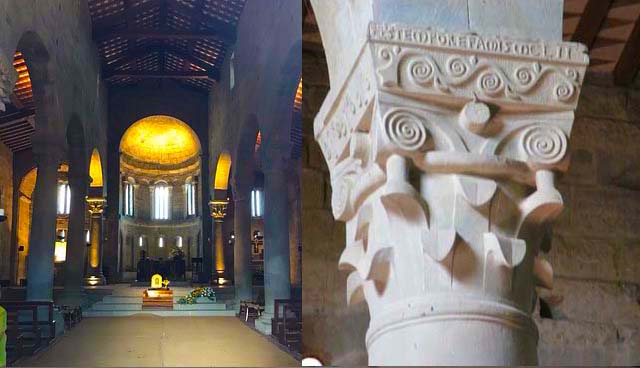
Il suo interno dà il benvenuto con una luce che passa dalle bifore e un profondo silenzio. È caratterizzata da una serie di capitelli che raffigurano scene della vita di San Pietro, i quattro evangelisti e altre rappresentazioni umane e animali. L’attuale Pieve, come si può vedere dagli scavi sottostanti, sorge su una precedente chiesa dell’VIII sec.
The interior of the church welcomes us with the light that streams in through the mullioned windows and with its profound silence. It is also characterized by the series of columns with capital depicting scenes from the life of Saint Peter, the four evangelists and other human and animal representations. The remains of the actual 8th church can be seen in the excavations below, over which the rises the current church.
Anche dal punto di vista letterario in questa zona ci sono state due grandi presenze: Dante, durante l’esilio, conobbe questo luogo mentre era ospite dei conti Guidi nel castello vicino e Gabriele D’Annunzio che qui scrisse le poesie della raccolta Alcyone. (see a previous blog post I wrote about Gabriele D’Annuzio)
Also, considering Italian literature, in this area resided to great poets: Dante lived here during his exile (from Florence after being kicked out of the city due to political differences). He was a guest of Count Guidi in a nearby castle.Gabriele D’Annunzio also wrote his collection of poems “Alcyone” here. (see a previous blog post I wrote about Gabriele D’Annuzio)
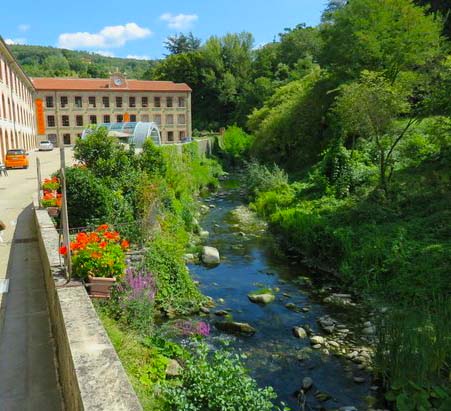
A questo punto non resta che venire a visitare questo luogo e perché no, fare una pausa con i buoni prodotti tipici del Casentino, prima di proseguire.
At this point, after visiting the church, it is a great idea to take a break to sample the products of Casentino, before continuing our site seeing.
Stia in Casentino
Rimanendo sempre nel Casentino a pochi chilometri dalla Pieve di Romena arriviamo nel paese Stia, borgo immerso nella foresta casentinese. Per cosa è conosciamo Stia? Per il panno del Casentino, il tortello di patate e il tortello alla lastra…per menzionare solo alcune cose
Just a few kilometers from Pieve di Romena is the village of Stia, that is surrounded by the Casentino forest. What is Stia known best for? Well, to mention just a few things, it is known for its Casentino cloth, the tortello made with potato and the tortello alla lasta (see the picture yum!)
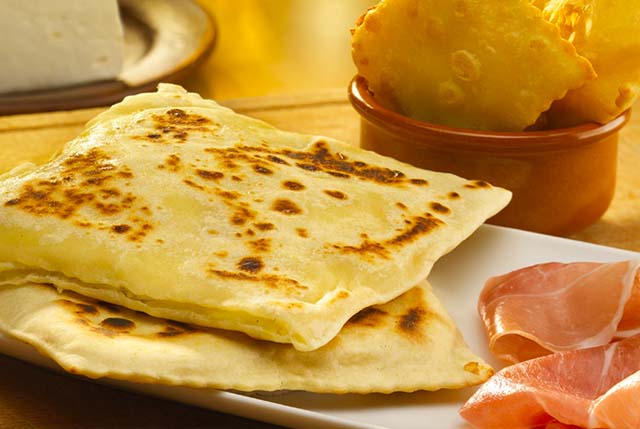
Piazza Tanucci, il centro del paese, ha una struttura irregolare e leggermente in salita. È circondata da portici, balconi e finestre decorate e dalla Pieve romanica di Santa Maria Assunta, dove si può ammirare una bellissima robbiana raffigurante la Madonna col Bambino, vari capitelli tutti diversi tra di loro e una “vergine col Bambino” del XIII sec.
Piazza Tanucci, in the center of the village, has an irregular and slightly uphill structure. It is surrounded by porticoes, balconies and decorated windows and the Romanesque church of Santa Maria Assunta, where you can admire a beautiful della Robbia ceramics of the Madonna and Child, lots of different capitals and one even shows a Virgin and Child from the thirteenth century.
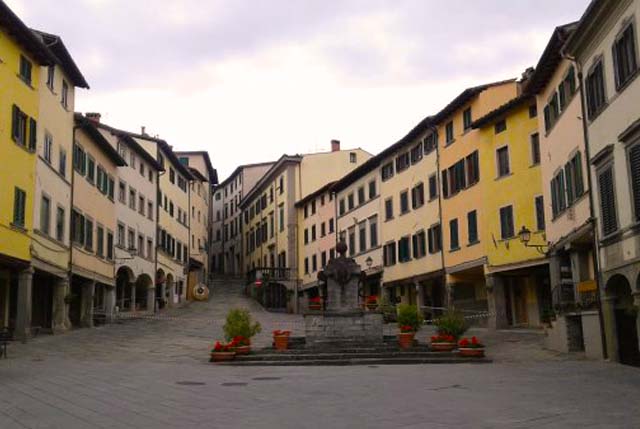
Il centro della piazza è dominato da una monumentale fontana ottocentesca in pietra.
The center of the square is dominated by a monumental nineteenth-century stone fountain.
Il panno casentinese ha origine nel 1300. Riconoscibile dai suoi caratteristici riccioli e da un aspetto infeltrito è un tipo di lana calda, impermeabile e molto resistente. La sua apparenza volutamente grezza lo ha reso in un certo senso raffinato e apprezzato da personaggi illustri come Bettino Ricasoli, Giuseppe Verdi e Giacomo Puccini e lo ricordiamo anche indossato da Audrey Hepburn nel film Colazione da Tiffany. Nonostante i vari colori, quelli tradizionali e tipici sono e restano l’arancione e il verde. Oggi, dove sorgeva l’ex lanificio, è possibile visitare il Museo dell’arte della Lana, dedicato alla lana e alla storia della sua lavorazione.
The cloth that originated in Casentino originated in 1300. It is recognizable by its characteristic curls and felted look. It is very resistant wool that is warm and waterproof. The rustic quality of the material is what sets it apart and gives it a unique “refined” style that has been popularized by such personalities as Bettino Ricasoli, Giuseppe Verdi, and Giacomo Puccini, and we also remember it as being most famously worn by Audrey Hepburn in the film Breakfast at Tiffany. Despite the various colors, the traditional and typical ones are orange and green. Today, where the former wool mill was built, it is possible to visit the Museum of Wool Art, dedicated to wool and the history of its manufacture.
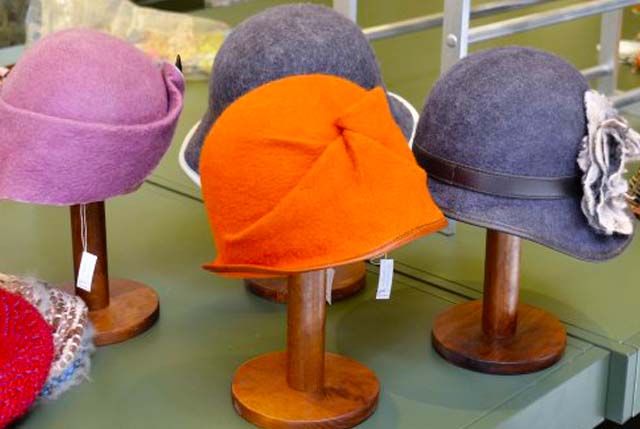

Caspita! Non lo sapevo prima Debora! Io vorrei avere un cappello arancione da Stia!
Wow! I did not know that Debora! I would like an orange hat from Stia!
Per quanto riguarda i tortelli di patate o alla lastra…. dopo una bella passeggiata non vi resta che venire ad assaggiarli in questo paese affascinante!
As for the tortelli di patate o alla lastra…after you take a stroll, you must stop and taste them here in this charming town!
Grazie Debora! Non vedo l’ora di visitare il Pieve di San Pietro di Romana e Stia in Casentino!
If you liked this post you might like these too:
An outing to Gardone and home of D’Annunzio (Podcast with Davide)
Pieve di Santa Maria in Arezzo: Guest Post by Debora Bresciani
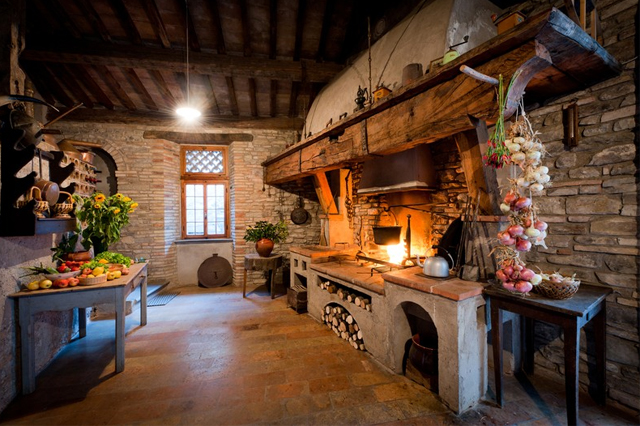
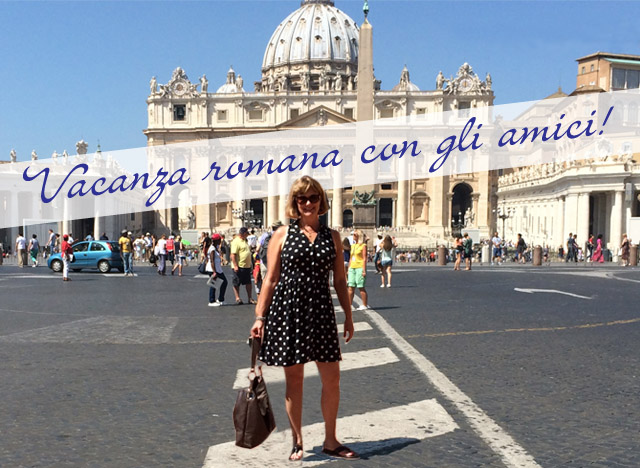
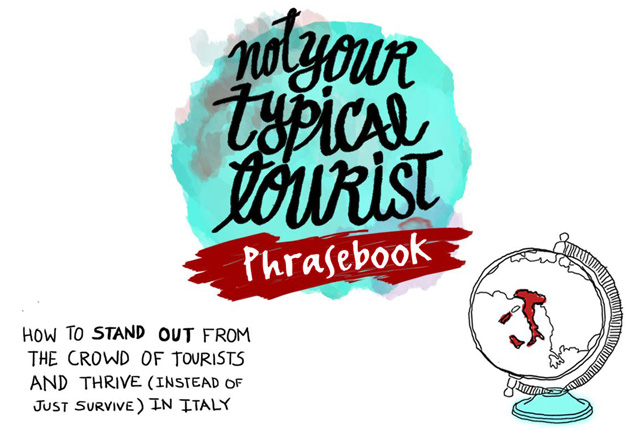
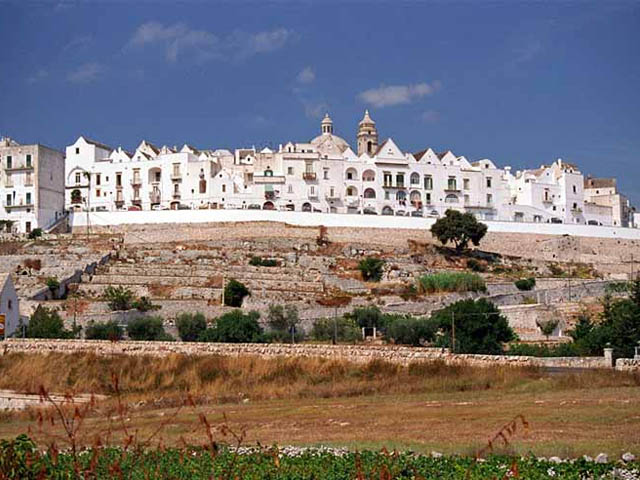
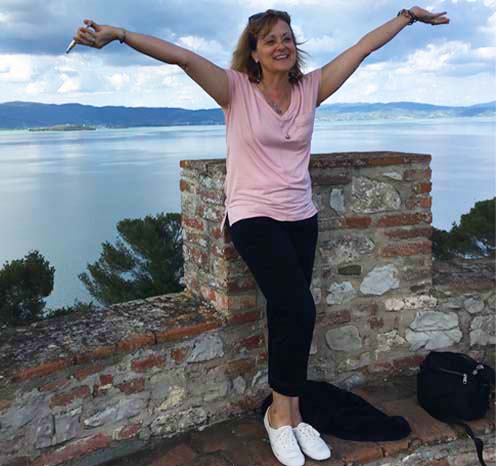
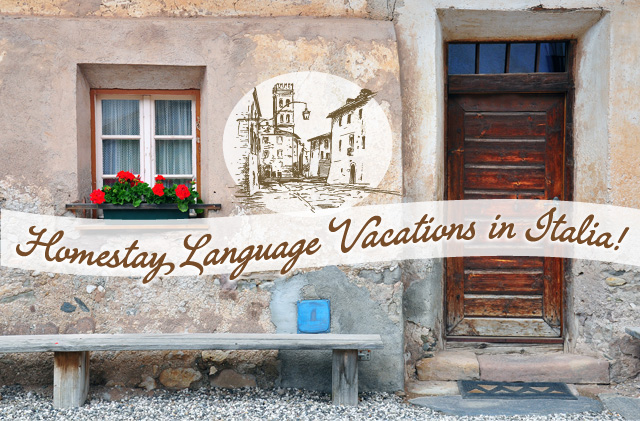






Di quali luoghi ti piace sud italia? Grazie